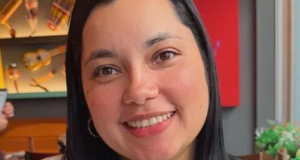The number of deaths from accidental overdoses of opioid drugs has steadily risen in New York City since 2010, in part because of an apparent resurgence in heroin use, according to data released on Thursday by the city's health department.
Heroin overdoses killed 420 people in the city in 2013, the highest in a decade, the department said. It was the most common substance tied to overdose deaths, involved in 54 percent of them.
The largest increase in heroin overdose rates was seen in the city's wealthiest neighborhoods, the department said, rising to 5.6 deaths per 100,000 people in 2013, from 1.9 in 2010.
"We know that these deaths are preventable," said Dr. Hillary Kunins, a deputy commissioner at the health department, declining to speculate on what caused the resurgence.
"This is the million-dollar question that many people are struggling with," Kunins said.
Abuse of opioids, a class of addictive drugs that can dull pain and bring feelings of euphoria to users, has become a leading cause of death in the United States, especially in suburban and rural areas.
The Centers for Disease Control and Prevention calls it an epidemic.
One hopeful development is data showing a reversal in the surging rate of opioid painkiller deaths on Staten Island - the city's most suburban borough. Fatalities declined for two years to 7.3 deaths per 100,000 people, from 10.7 in 2011.
At the same time the city ran a campaign on the island in which it urged doctors to prescribe opioid painkillers more judiciously and in smaller quantities where possible, and ran advertisements about the dangers of abusing the drugs.
The city has also distributed naloxone, a drug that can rapidly halt an overdose.
The city's current opioid abuse epidemic is different from the 1970s heroin epidemic, according to Andrew Kolodny, chief medical officer of Phoenix House, an organization that treats substance abuse.
Decades ago, almost all opioid abuse involved heroin and it was concentrated in impoverished areas of the city, among mostly minority residents.
In the current epidemic, many users are older and middle class, including an increasing number of women. This group typically abuse the opioid painkillers prescribed to them by their doctor for chronic medical conditions, Kolodny said.
Young adults addicted to opiates may have initially started out on illicitly obtained painkiller pills.
"If you were addicted and you can't access treatment, you're not going to get better, you're going to start using heroin," he said.




